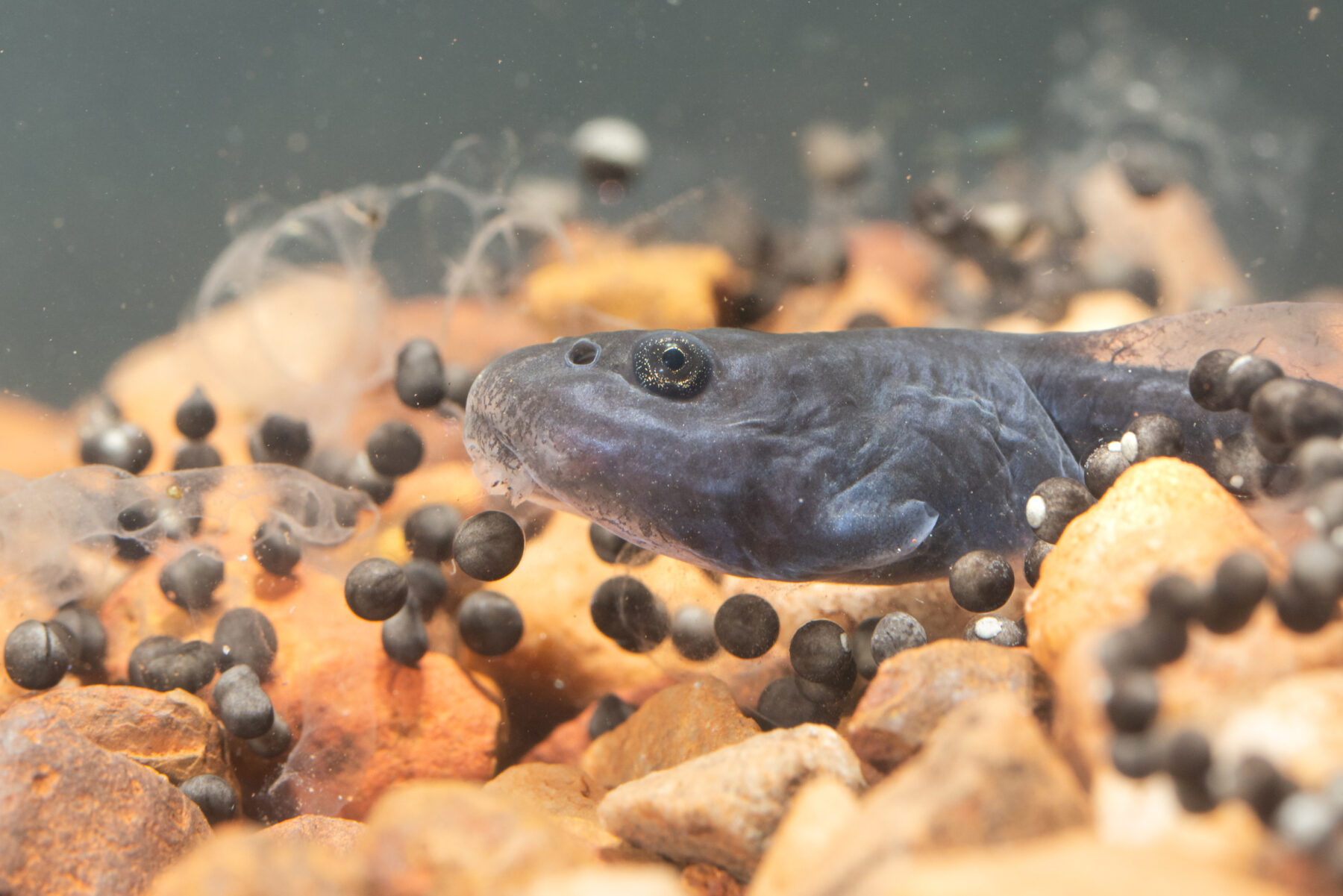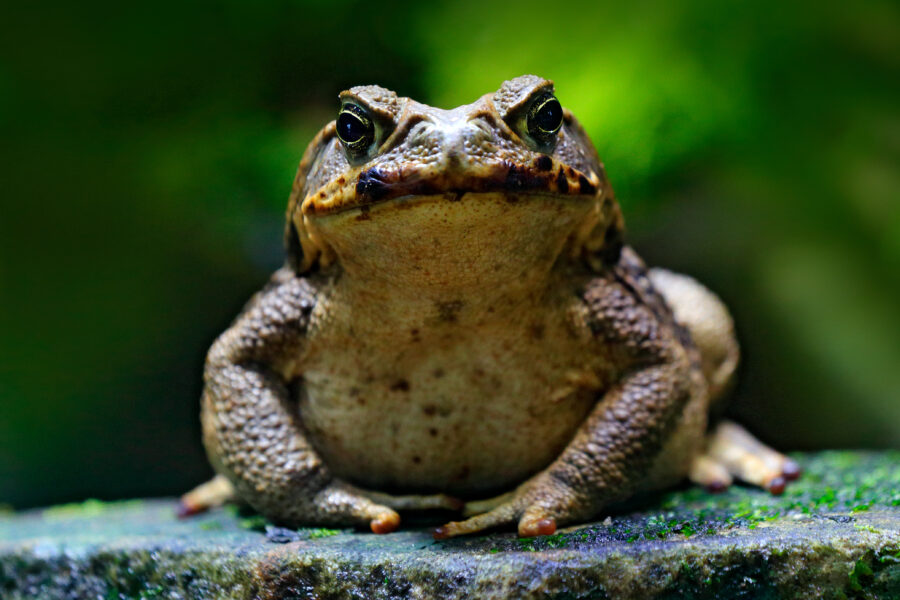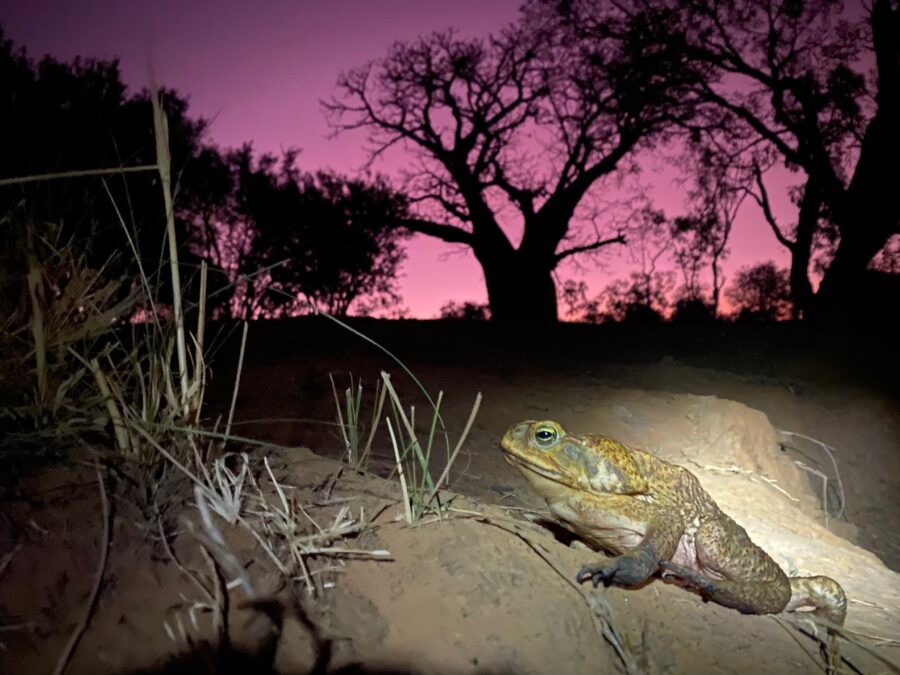Since their introduction in 1935 in an attempt to control cane beetles that were devastating Queensland’s cane sugar crops, cane toads (Rhinella marina) have significantly multiplied and spread, quickly becoming out of control and wreaking havoc on the Australian environment.
Spreading well beyond Queensland into coastal New South Wales, the Northern Territory’s Top End and the Kimberley region of Western Australia, cane toads are now moving westward at an estimated 40–60km per year.
The poison cane toads exude kills many native predators, such as quolls and monitor lizards, whose populations have declined. They are also indiscriminate feeders that outcompete native species.
So, how can we stop these invasive and deadly amphibians? This is a question Dr Rick Shine, a professor from the School of Natural Sciences at Macquarie University and herpetologist of more than five decades, has long been asking.
Taking up arms
Rick’s interest in cane toads began when he was working at a herpetological field station in the NT between Darwin and Kakadu.
He could see the impact toads were having on the landscape and set up Team Bufo with funding from the Australian Research Council.
Since its establishment, Team Bufo has begun administering several methods of toad control, such as ‘toad-busting’ – the collection of adult toads and tadpoles for removal and extermination.
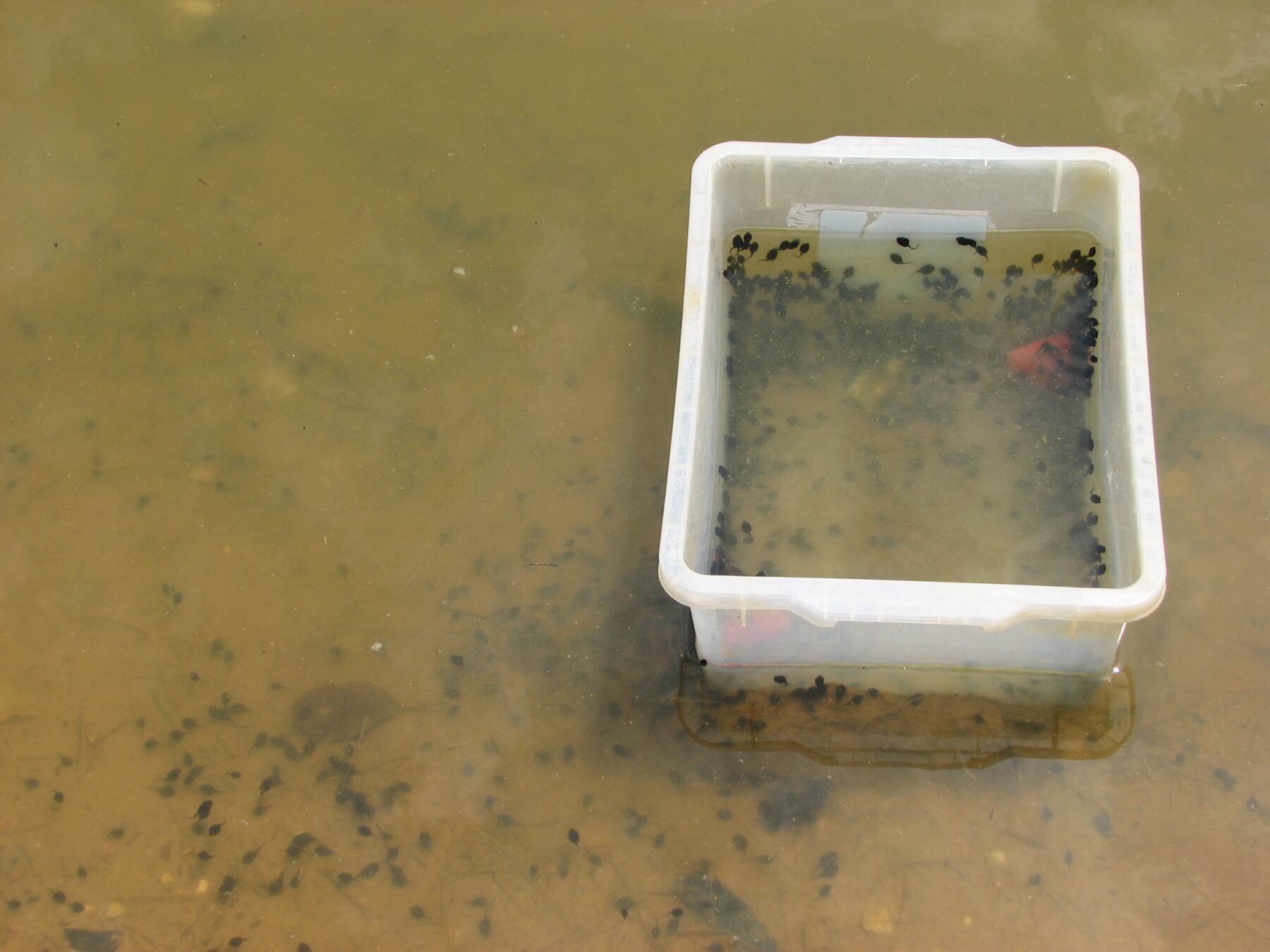
To attract toads to a trap for collection, pheromones that are highly attractive to cane toads – but not to native wildlife – are used as lures. In a single natural pond, Rick and his team collected more than 40,000 toad tadpoles in less than a week.
“Community ‘toad-busting’ groups in Western Australia, Queensland and the Northern Territory have reported excellent results,” Rick says. “In total, community groups have now caught millions of toad tadpoles from natural waterbodies using our method.”
‘Peter Pan’ tadpoles
Manually removing cane toad eggs from waterways works, but Rick says it takes too much manpower to be sustainable in the long term.
Furthermore, a single clutch can contain more than 30,000 eggs, so even if you catch and kill 99 per cent of the offspring, there will always be some that make it to adulthood.
However, Rick says cane toads are “very enthusiastic cannibals.” So what if they could control themselves?
“Since cane toad tadpoles cannibalise cane toad eggs, they would be a terrific cane toad controller,” Rick says. “They also don’t eat the eggs of native frogs much at all and have almost no poison until they metamorphose (turn into baby toads) when they become so toxic predators that eat them die.”
This means if you have a pond full of cane toad tadpoles, any further eggs laid in that pond will get eaten by the tadpoles already there. They also won’t cause problems for native wildlife that reside in these ponds as cane toad tadpoles aren’t poisonous.
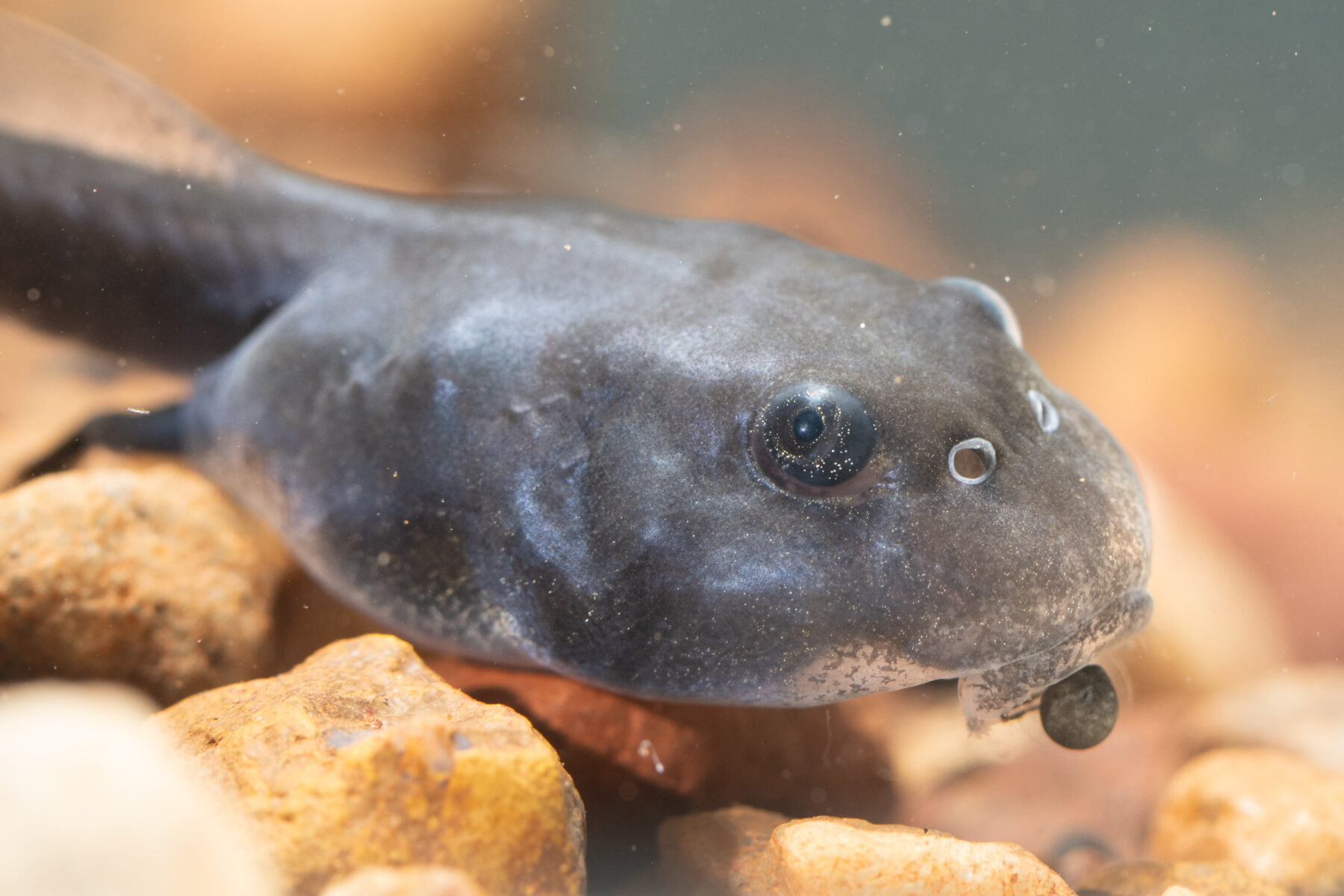
But what about when these tadpoles turn into baby toads? Rick has a solution for that, too.
“We are using modern genetic methods with CRISPR to block metamorphosis,” he says.
CRISPR is a technology used by scientists to selectively modify DNA. It can target a specific part of DNA inside a cell and allow the gene to be edited, or it can turn specific genes on and off without altering their sequence.
To test the potential for CRISPR technology in the war against cane toads, Rick and his team first attempted to knock out the gene needed to create regular pigment in a cane toad’s skin.
The resulting tadpoles were albino and when the tadpoles metamorphosised, the toads were also pure albino. The experiment was a “terrific success”, Rick says.
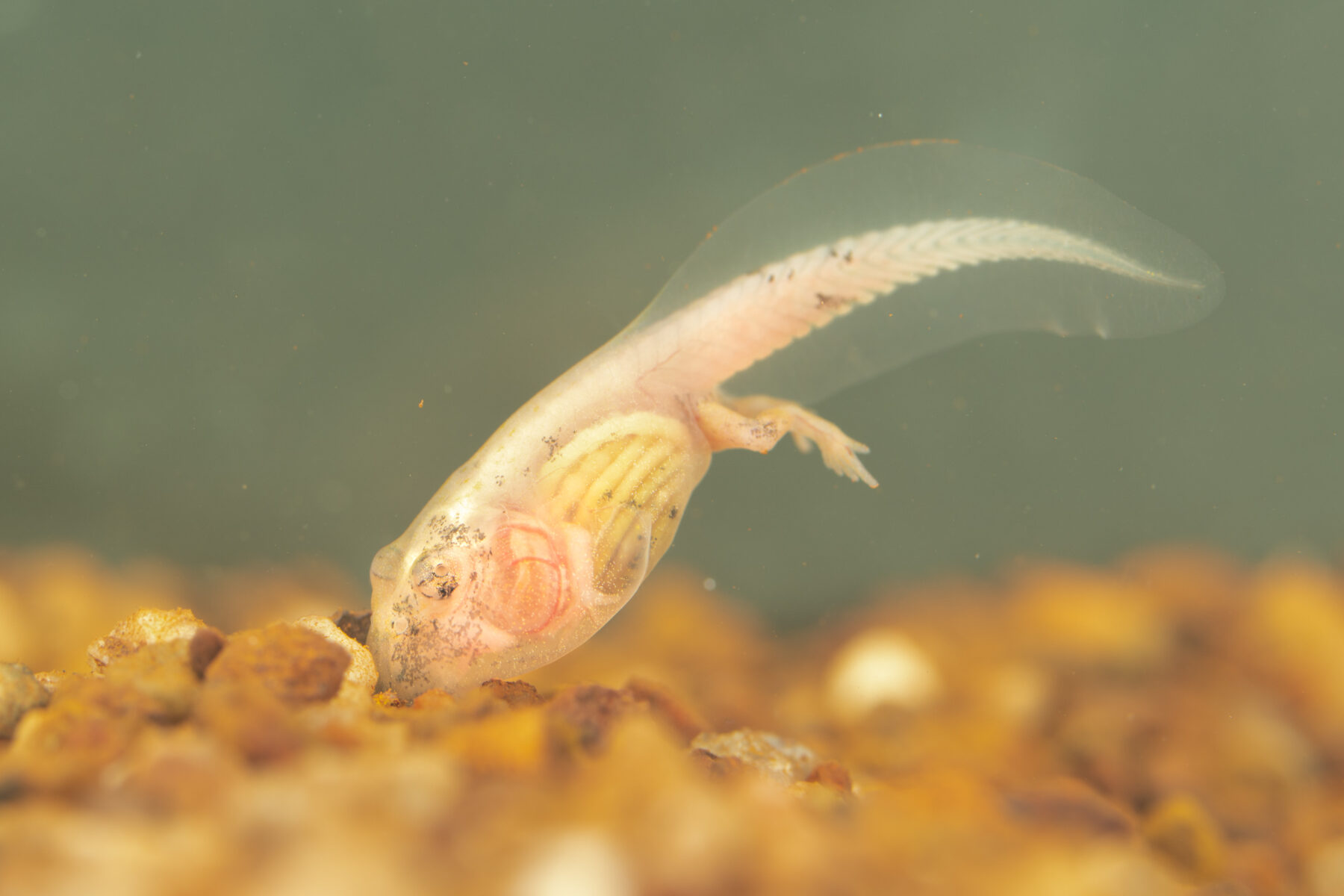
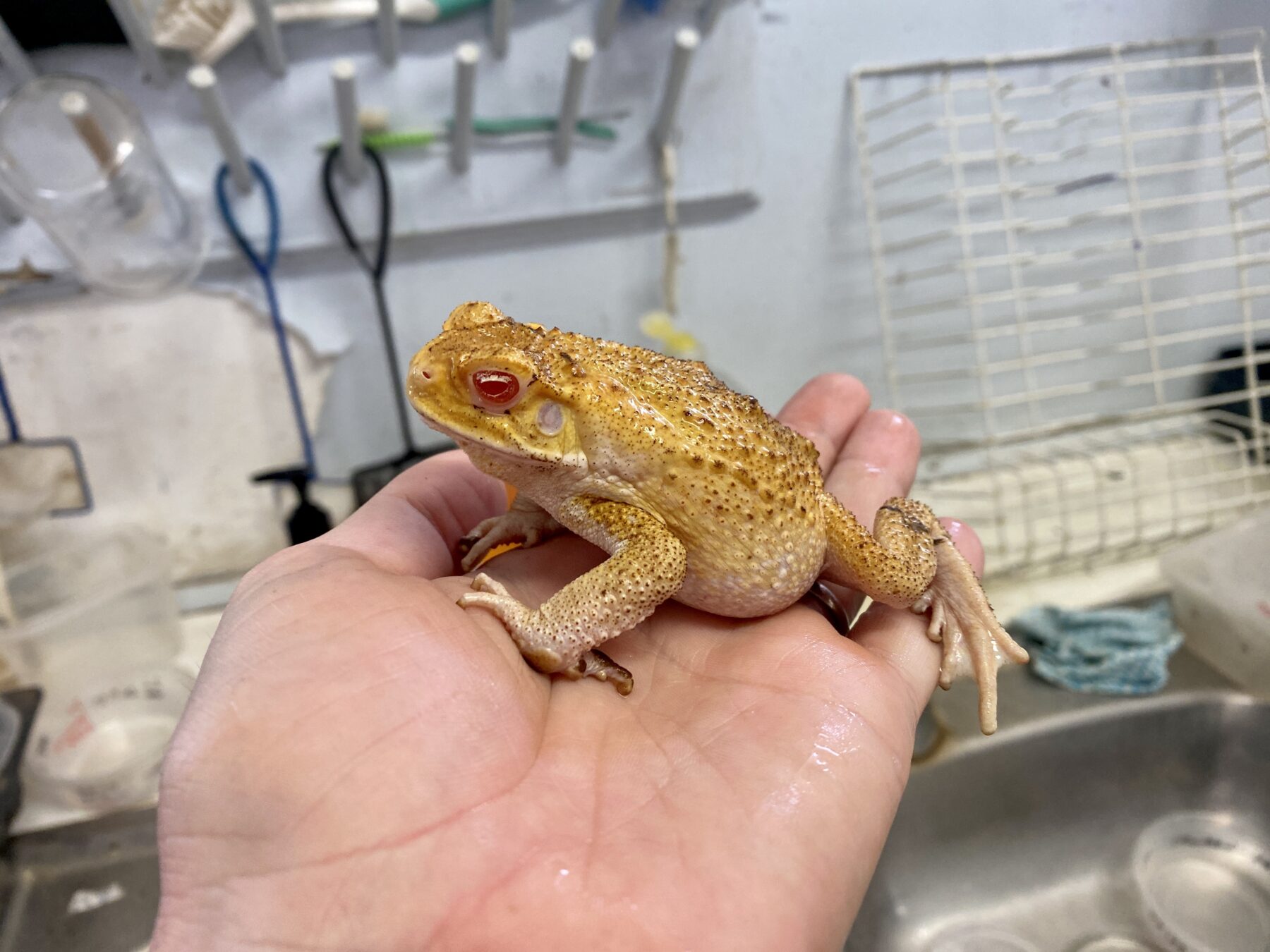
Now, Team Bufo is using CRISPR-Cas9 to disable the gene that enables a tadpole to produce the hormone required for metamorphosis. Without that hormone, the tadpole retains its tail and never grows front legs, living its entire life as a tadpole. As a result, these tadpoles can never breed (or spread the modification into wild populations).
The idea of editing genes seems like something from science fiction, but Rick assures the changes his team is making won’t cause an unnatural modification in the tadpoles.
“What we’re doing is not [making] genetically modified organisms under Australian regulations, because we’re not adding any genes to the toads. We’re creating a mutation that occurs naturally in every toad clutch,” he says. “There will always be a few tadpoles that never metamorphose – they just sort of sit there looking sad by the time the other tadpoles have finished metamorphosising.
“We are making that happen at a very high frequency. We’re not creating anything that doesn’t already occur in the wild.
“Therefore, these creatures are identical to the toads hopping around in the bushland and the tadpoles swimming around in waterways.”
Spreading the good toad
The first releases of ‘Peter Pan’ tadpoles into the wild could occur as early as February and March next year.
Before releasing the tadpoles into the wild, Rick and his team will test their effectiveness at toad control and look for any collateral impact on native wildlife.
“Decades of research have shown that normal toad tadpoles don’t have any such effects, but we are checking that for ‘Peter Pans’ as well,” Rick says. “For example, we will measure their poison content and run trials in large outdoor enclosures that contain native fish, turtles and insects as well as the tadpoles.”
Rick and his team hope to test the method in isolated artificial ponds in arid habitats, and ponds on small islands. This will make it easier for the tadpoles to be collected if necessary and makes it impossible for them to spread as they won’t be released into running waterways.
The results should see a decrease in the spread of cane toads and will lessen the manpower necessary in the fight against the toads. The tadpoles would only need to be restocked once a year, unlike ‘toad-busting’ methods which must be done with each breeding season.
“When I first thought of the idea it seemed like a ‘moonshot’ that would probably be impossible, but could be incredibly exciting if it worked,” Rick says. “That dream is now close to reality.
“We can use cane toads to control themselves.”
